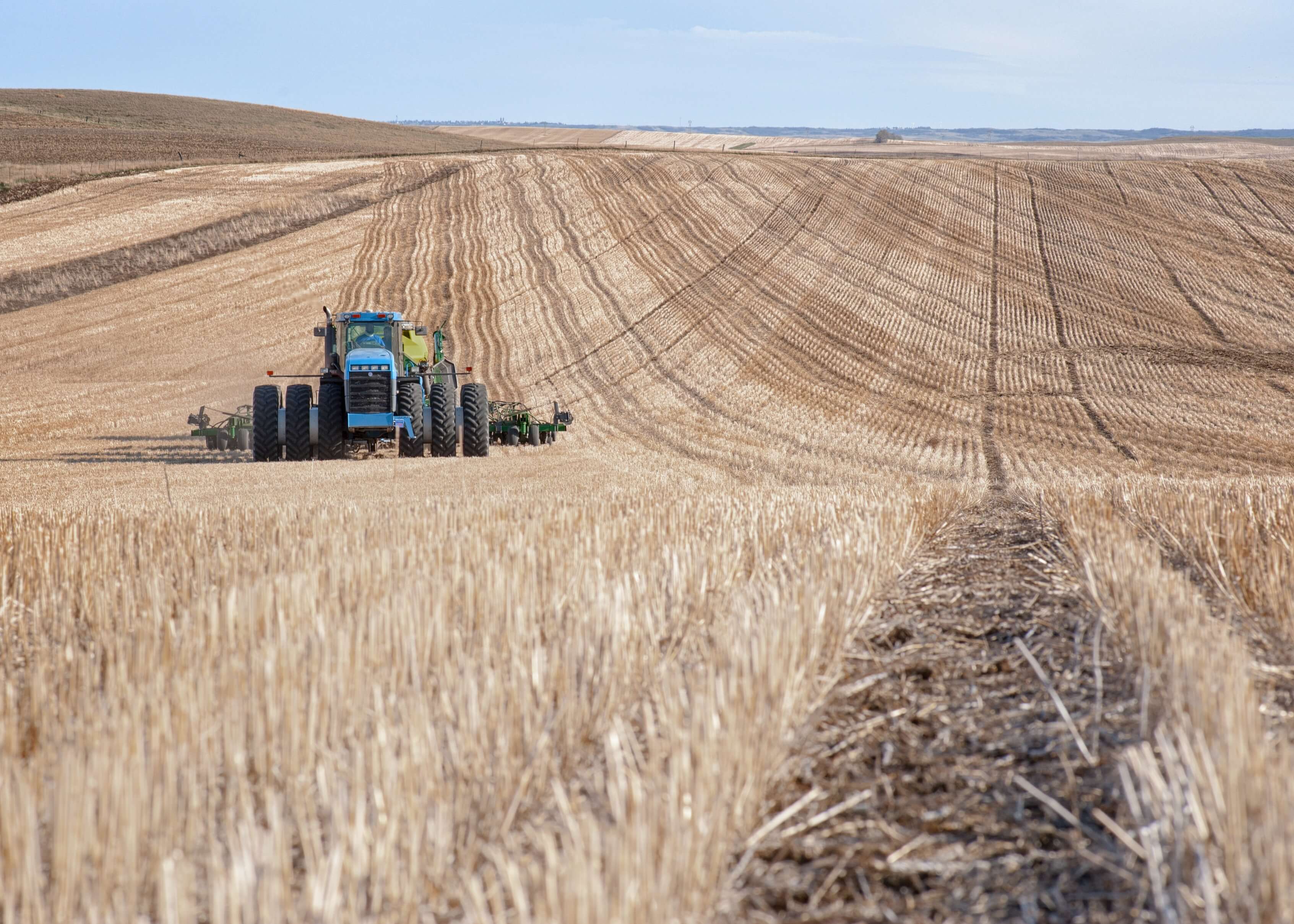One of the significant concerns of agriculture is enhancing plant nutrient efficiency to improve crop yield and quality while simultaneously reducing the environmental impact caused by excess nitrogen fertilizer application. A study published in 2023 by Ferdinando Fragalà and colleagues offers a solution to this challenge using biopolymers (BPs).
Biopolymers, obtained by alkaline hydrolysis of the solid anaerobic digestate of municipal biowastes, were applied to soil in experimental trials at rates of 50 and 150 kg per hectare, either alone or mixed with varying amounts of mineral fertilizer (MF).
The researchers carried out comprehensive evaluations of the impact of BPs on lettuce growth by monitoring parameters such as fresh and dry weights of shoot and root, nitrogen use efficiency, and the nitrogen flux in the plant-soil system. The study also accounted for nitrate leaching due to over-irrigation events.
Of particular interest were the activities of enzymes involved in nitrogen uptake, including nitrate reductase, glutamate synthase, and glutamine synthase. The team also assessed the accumulation of nitrogen in plant tissues.
The study's findings are promising. Applying 150 kg per hectare of BPs increased lettuce growth and nitrogen use efficiency through stimulation of nitrogen metabolism and protein accumulation. Additionally, it enabled a 40% reduction in the use of mineral fertilizer, leading to a decrease in nitrate leaching.
These results underscore the potential of biopolymers as biostimulants in agriculture. Their application could significantly reduce the consumption of mineral fertilizers and mitigate the environmental impact caused by nutrient leaching. Furthermore, the researchers' findings align with the European standard agricultural policy, which promotes the development of new bioproducts for sustainable and eco-friendly agriculture.
While the initial results are promising, further research is needed to determine the effectiveness of this strategy across various crop species and agricultural environments.
Photo by Darla Hueske on Unsplash


